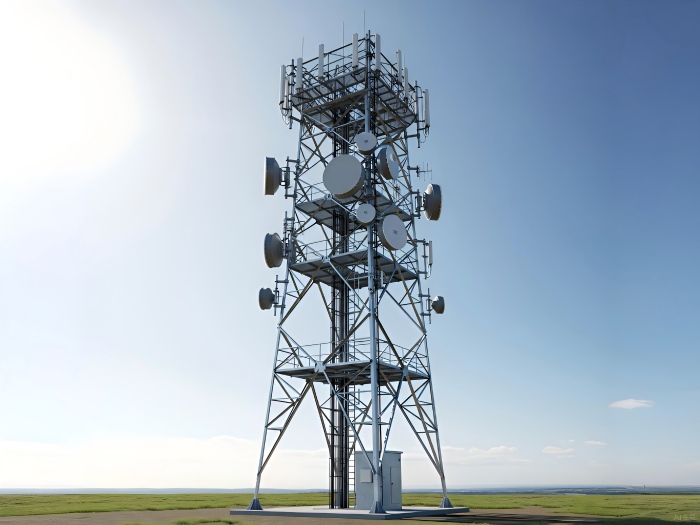In 2025, Cellular on Wheels (COW) towers are transforming mobile telecommunications, powering the USD 2.5 billion COW market within the USD 38.99 billion global transmission tower industry, growing at a 5.96% CAGR (Mordor Intelligence). These portable, steel-based towers deliver instant connectivity for emergencies, large events, and 5G network densification, making them indispensable for telecom providers, event planners, and disaster response teams. With China producing 1,005.1 million tonnes of steel in 2025 (Expometals), its manufacturers lead in crafting durable, ISO-certified COWs for global markets. This comprehensive guide explores COW technology, benefits, challenges, applications, and the top Chinese manufacturers driving innovation. Discover how XH Tower’s COW solutions can elevate your connectivity projects.
Cellular on Wheels (COW) towers are mobile cell sites mounted on trailers or trucks, designed to provide temporary cellular coverage for 2G, 3G, 4G, and 5G networks. Built with ASTM A123 galvanized steel, these towers feature telescopic masts (8–40 meters), antennas, transceivers, and power systems, ensuring durability for 20–30 years in harsh environments. Key components include hydraulic or pneumatic masts for rapid setup, Faraday Cages for electromagnetic interference (EMI) protection, and diesel, solar, or hybrid power sources for off-grid operation (Pepro LLC).
COWs excel in scenarios requiring quick deployment, such as disaster recovery or high-traffic events. For example, after the 9/11 attacks in 2001, FEMA deployed 36 COW towers in New York City within 24 hours, restoring communication for 10,000 first responders across a 5 km radius per tower (Wikipedia). This agility makes COWs a critical tool for temporary telecom infrastructure.
COW towers offer transformative advantages for temporary connectivity. Their rapid deployment—30 minutes to 8 hours—enables swift response to urgent needs, unlike permanent towers requiring months to build. This speed is vital for emergencies, where every minute counts (CellSite Solutions).
Versatility is another strength. COWs support legacy 2G networks and cutting-edge 5G mmWave frequencies, adapting to urban rooftops, rural fields, or industrial sites. During the 2009 Obama inauguration, 26 COW towers handled 2 million calls, boosting network capacity by 30% in Washington, D.C. (Wikipedia), showcasing their ability to manage high-traffic scenarios.
Cost efficiency sets COWs apart. Priced at USD 50,000–150,000, they cost significantly less than permanent towers (USD 250,000+), making them ideal for short-term deployments (Reddit). Their galvanized steel construction ensures a 20–30-year lifespan, reducing maintenance costs by 20% compared to fixed infrastructure (Steel.org). A comparison diagram can illustrate these benefits (alt text: “Cell on Wheels vs. permanent towers: lifespan, cost, deployment time”).
COW towers face challenges that require innovative solutions. High initial costs (USD 50,000–150,000) can deter budget-conscious buyers, especially for short-term use. For example, a 40-meter 5G COW costs USD 120,000, compared to USD 20,000 for temporary Wi-Fi setups (MCCR).
Coverage limitations are another issue, with COWs offering a 1–5 km range versus 10–20 km for permanent towers. This necessitates multiple units for large areas, increasing costs. Transporting 120+ foot trailers also requires specialized vehicles, adding 10–15% to logistics expenses (Alttower).
Manufacturers address these challenges with engineering advancements. Lightweight aluminum designs, like Aluma Tower’s 10-meter COW, reduce transport costs by 12% (Aluma Tower). Solar and battery-hybrid systems, as seen in Solaris Technologies’ 2025 Super Bowl LVIII deployment, cut fuel costs by 15% while maintaining 24/7 operation (Solaris Tech Services). These innovations enhance COW affordability and efficiency.
COW towers serve diverse applications, making them a cornerstone of modern telecom. In emergency response, they restore connectivity after disasters. During Hurricane Katrina in 2005, COWs deployed in Louisiana restored 90% of the state’s cellular network within 48 hours, enabling coordination among 10,000 first responders (Galooli).
Large events rely on COWs to prevent network overload. At Super Bowl LII in 2018, Minneapolis deployed 20 COWs to support broadband for 66,000 attendees, ensuring seamless streaming and calls with a 25% capacity boost (Tower Solutions). These deployments highlight COWs’ ability to handle high-traffic scenarios.
For 5G urban densification, COWs act as temporary nodes in smart cities and industrial IoT setups. In 2025, Zhejiang Debao Tower Manufacturing supplied 1,000 camouflaged COWs, designed as palm trees, to the Middle East, increasing 5G coverage by 25% without disrupting urban aesthetics (Debao Tower). COWs also support construction sites and remote locations, such as oil fields, providing temporary signals during infrastructure builds.
COW towers are pivotal for 5G deployment, particularly in urban areas requiring high-capacity networks. Their compact, mobile design enables rapid placement in dense cityscapes, supporting mmWave frequencies for IoT and smart city applications. In 2025, Qingdao Wuxiao’s 10-meter COWs equipped with 5G antennas increased Shanghai’s network capacity by 20%, facilitating 10,000 IoT connections per square kilometer (Wuxiao Group). Their pre-drilled masts simplified antenna installation, cutting setup time by 15%. Explore XH Tower’s 5G-ready COWs for your network expansion.
The COW industry is evolving with cutting-edge innovations. Smart COWs, equipped with AI-driven sensors, enhance reliability. In 2025, Qingdao Wuxiao’s smart COWs for China’s 5G grid reduced outages by 20% by predicting structural stress, saving USD 1 million in maintenance costs (Wuxiao Group). AI algorithms analyze signal strength and traffic, optimizing network performance by 25%.
Sustainability is a priority, with manufacturers like Nanjing Daji using 40% recycled steel in 2025, cutting emissions by 15% for 2,000 COWs (Daji Steel Tower). Solar-powered COWs, such as Alttower’s 10-meter battery-powered model, reduced CO₂ emissions by 12% in 2025 remote oilfield deployments (Alttower).
The Asia-Pacific region’s 40% market share, driven by China’s 4 million 5G base stations by 2027, fuels COW demand (Data Insights Market). Modular designs and lightweight materials will further streamline deployments, positioning COWs as a cornerstone of future telecom.
In 2025, Cellular on Wheels (COW) towers are vital for delivering rapid, flexible connectivity in emergencies, events, and 5G networks, with China’s USD 2.5 billion market leading the way. Manufacturers like Qingdao Wuxiao and Nanjing Daji produce ISO-certified, galvanized COWs, supporting global telecom with durable, innovative designs. From restoring networks post-Hurricane Katrina to powering Super Bowl crowds, COWs ensure reliability. Future advancements in AI-driven monitoring and sustainable materials will drive growth through 2030. Partner with XH Tower for 5G-ready, rapid-deployment COW towers tailored to your telecom needs.
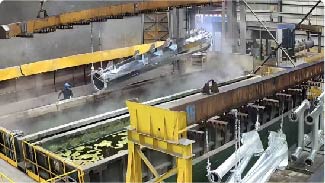
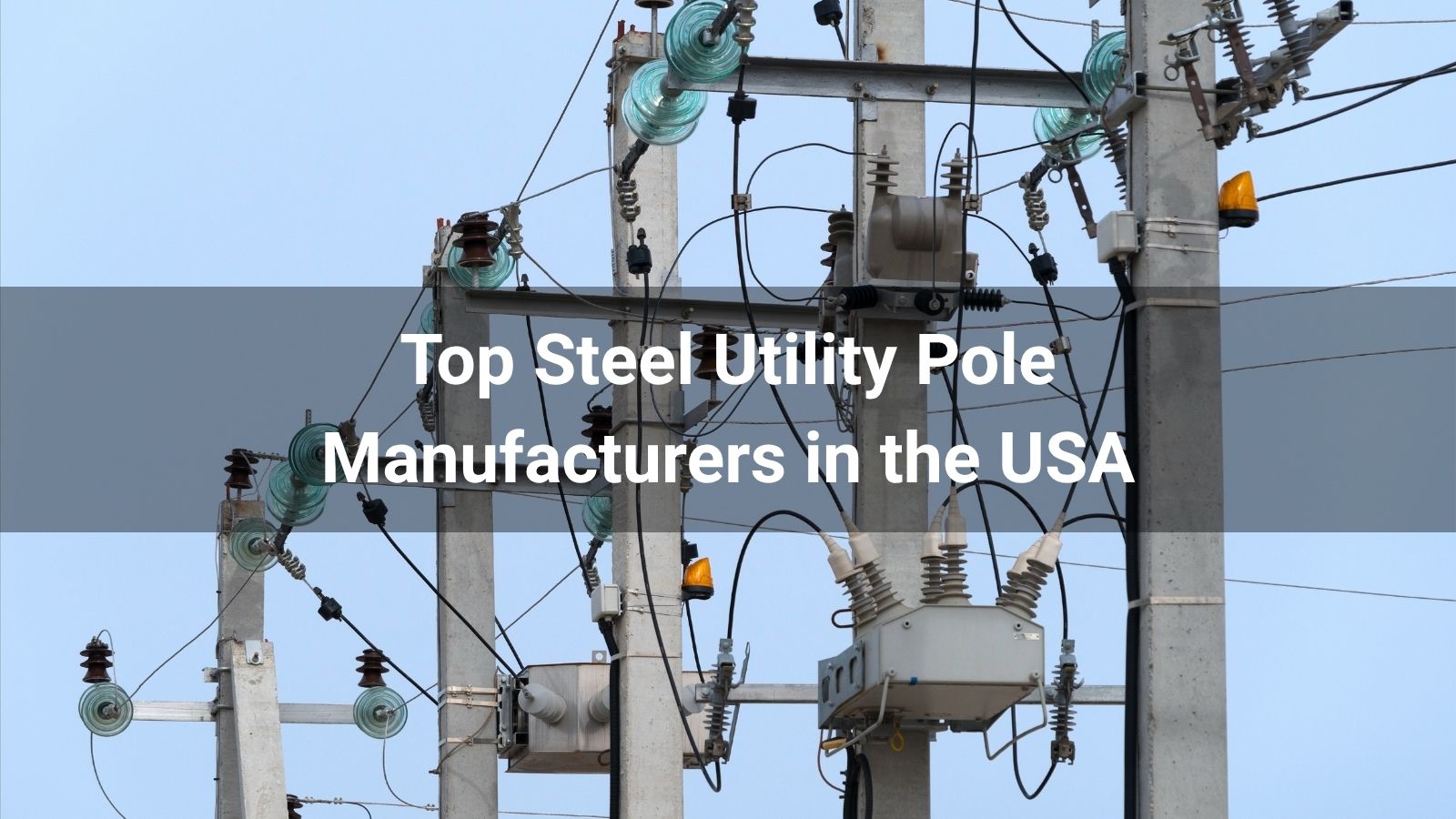
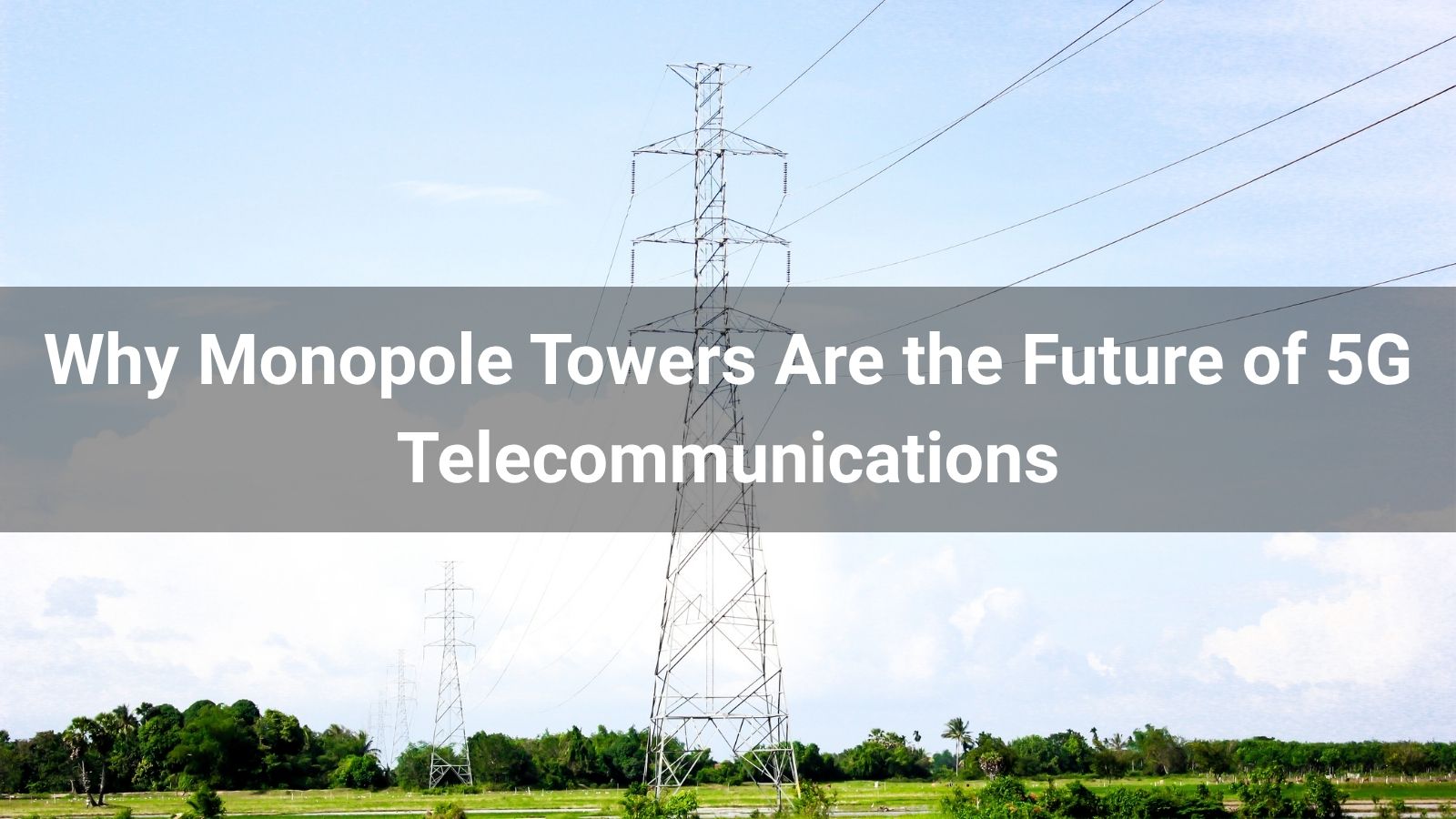
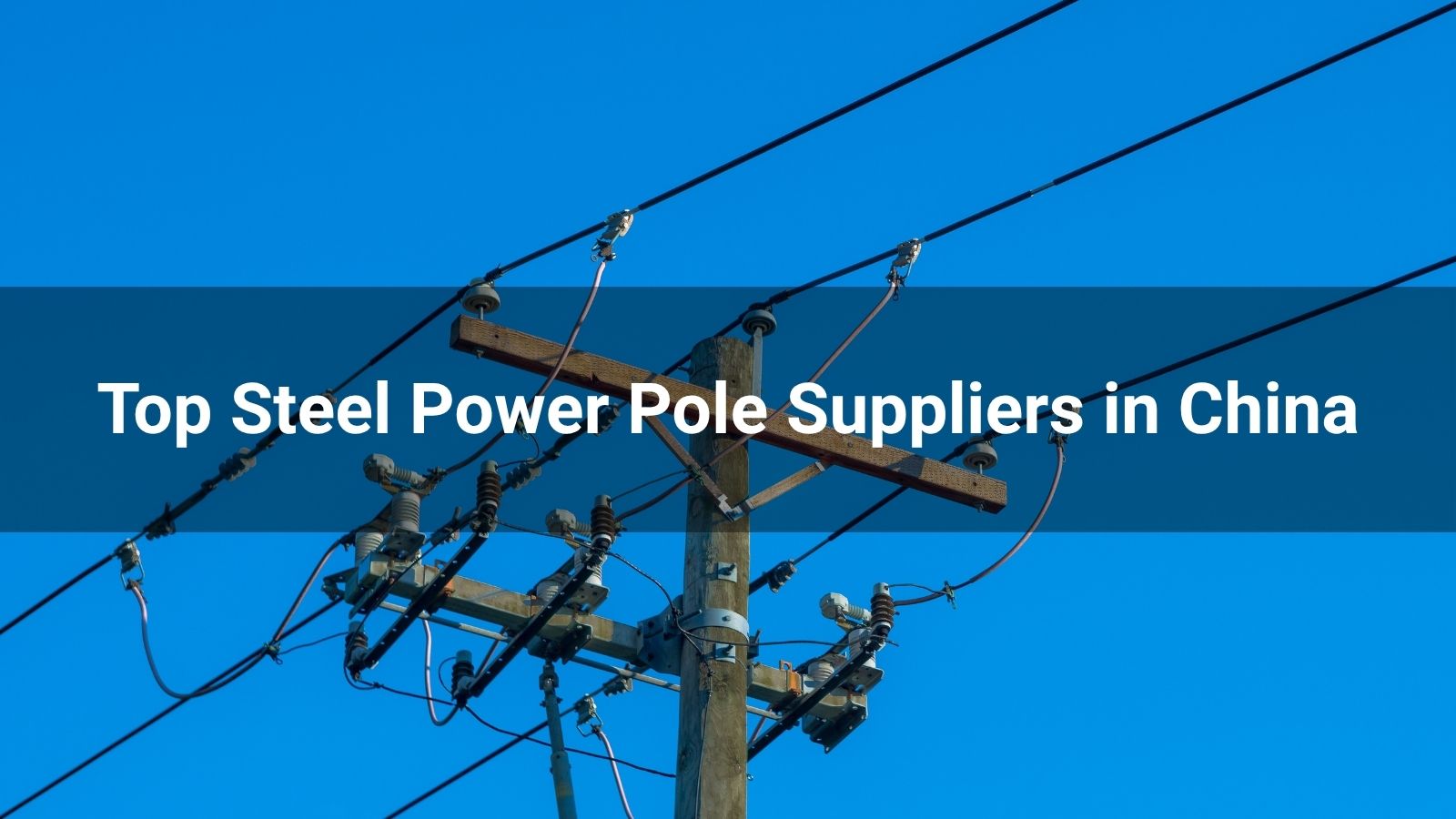
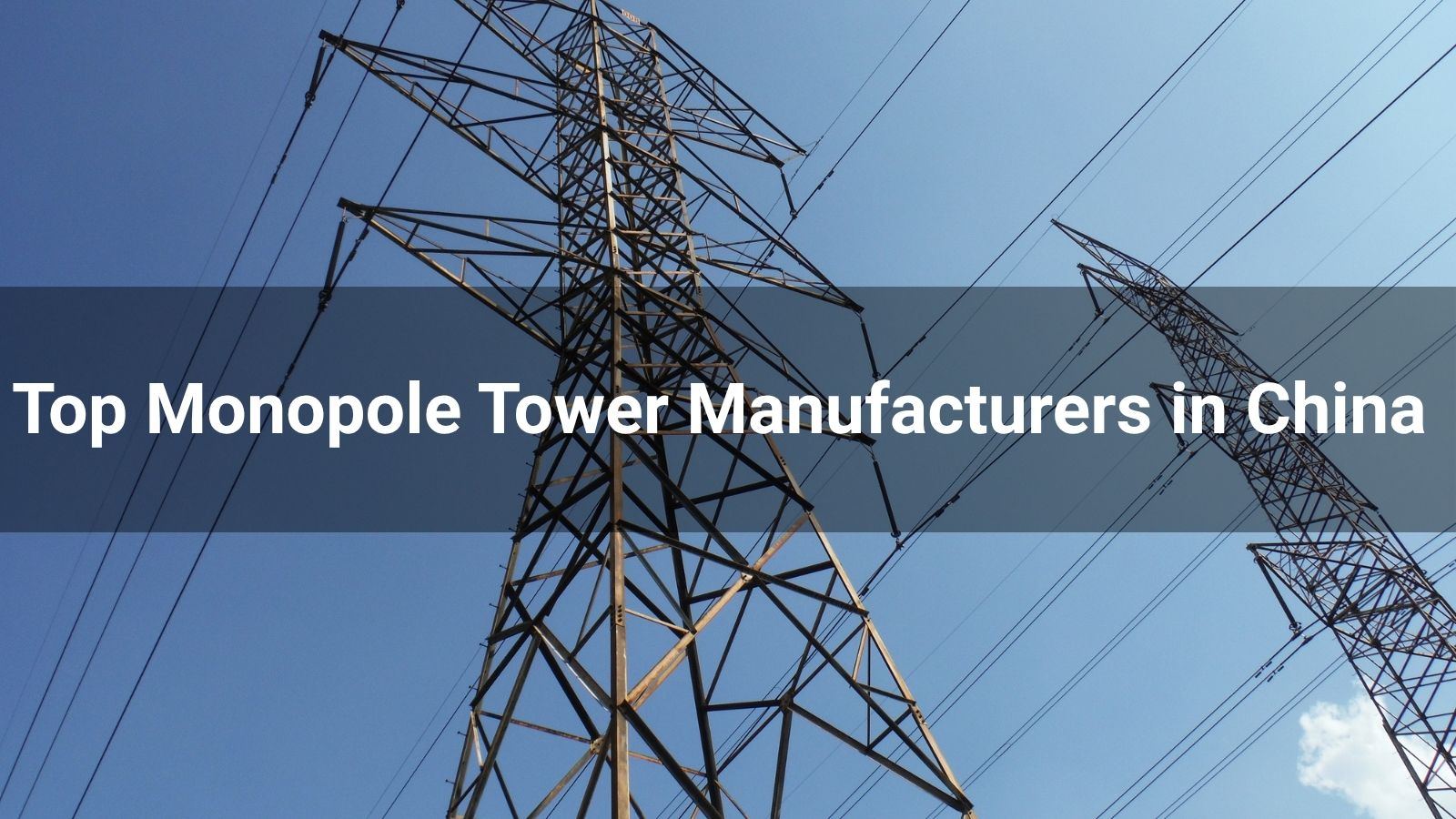
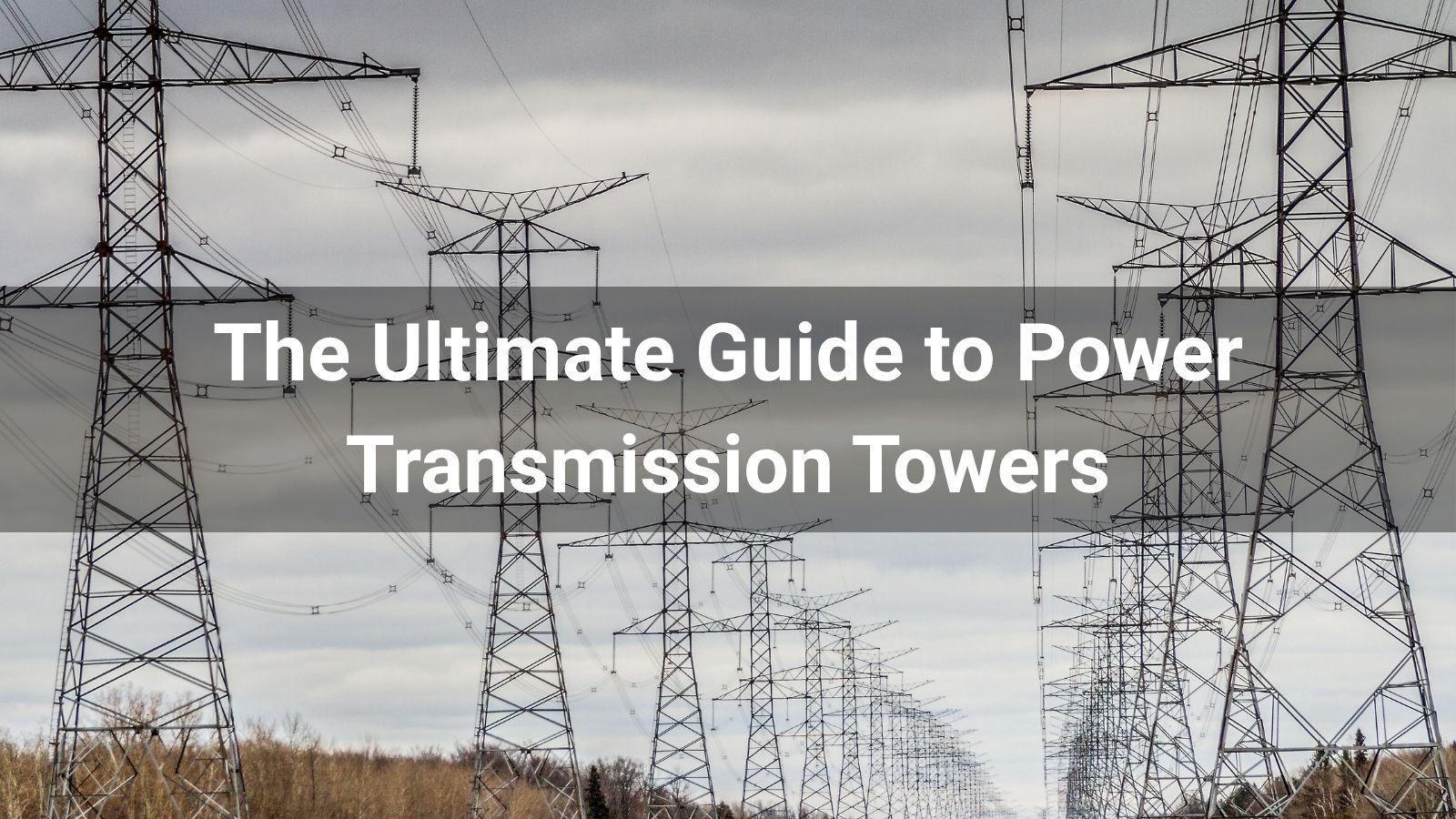
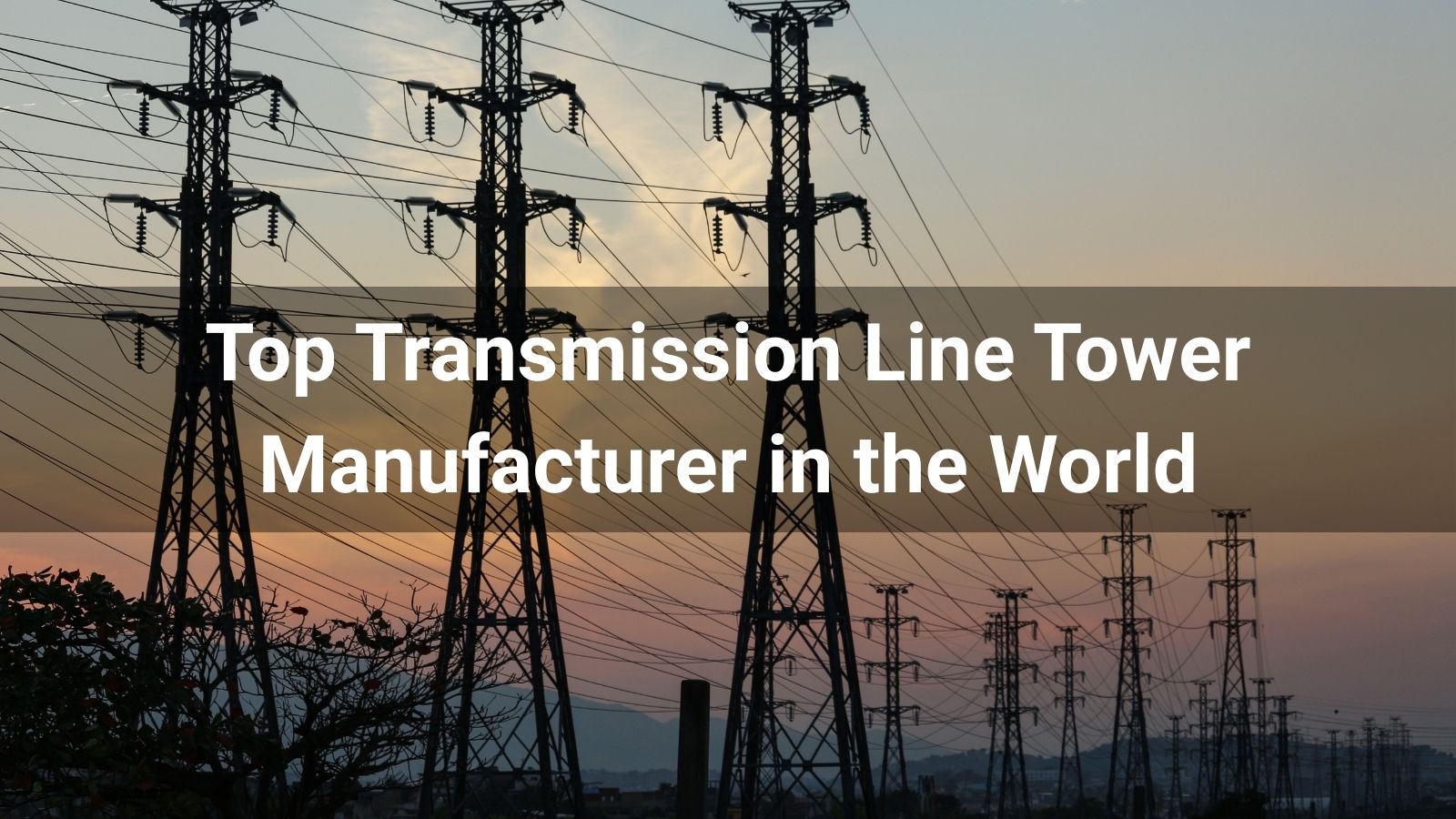
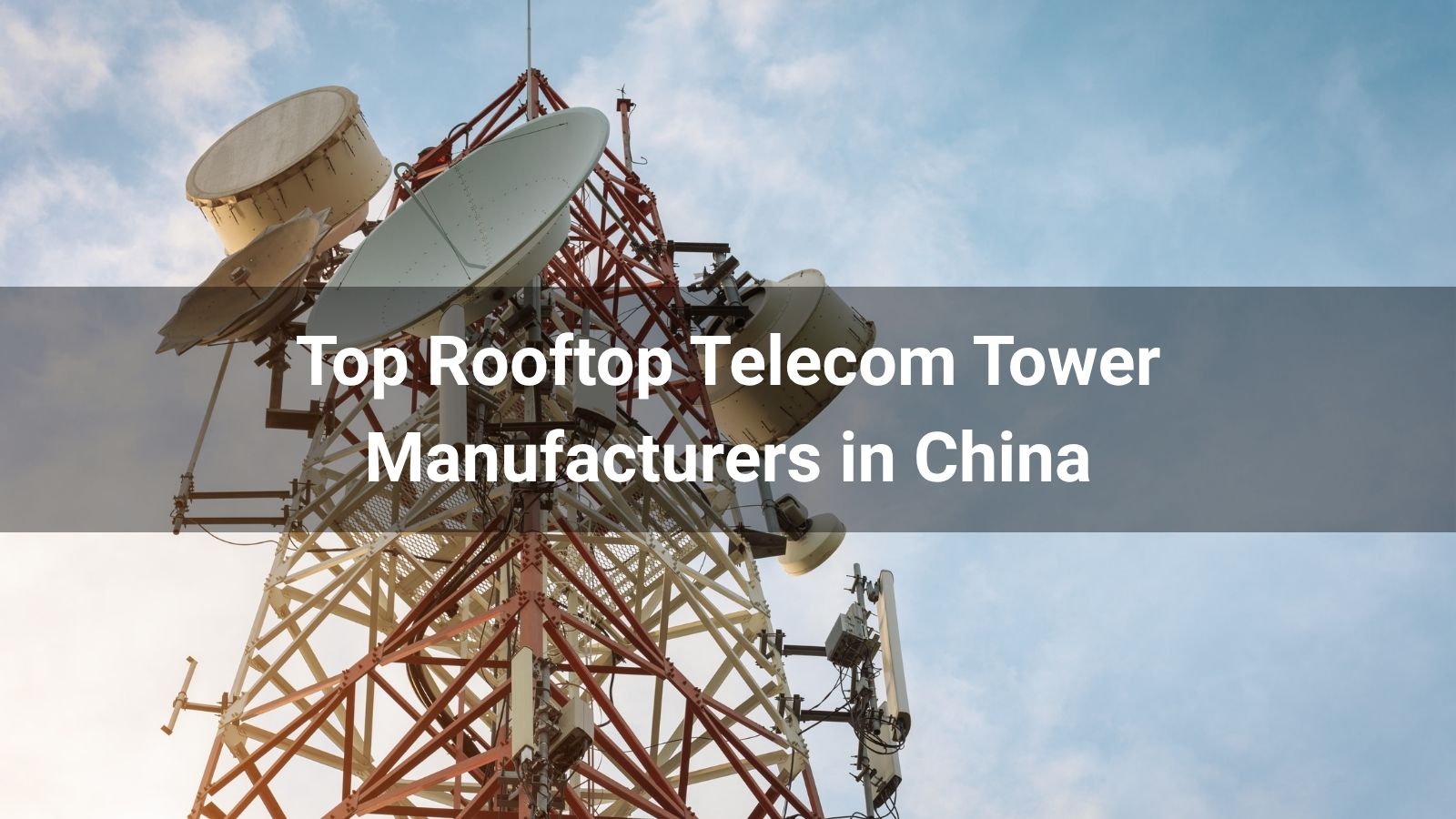

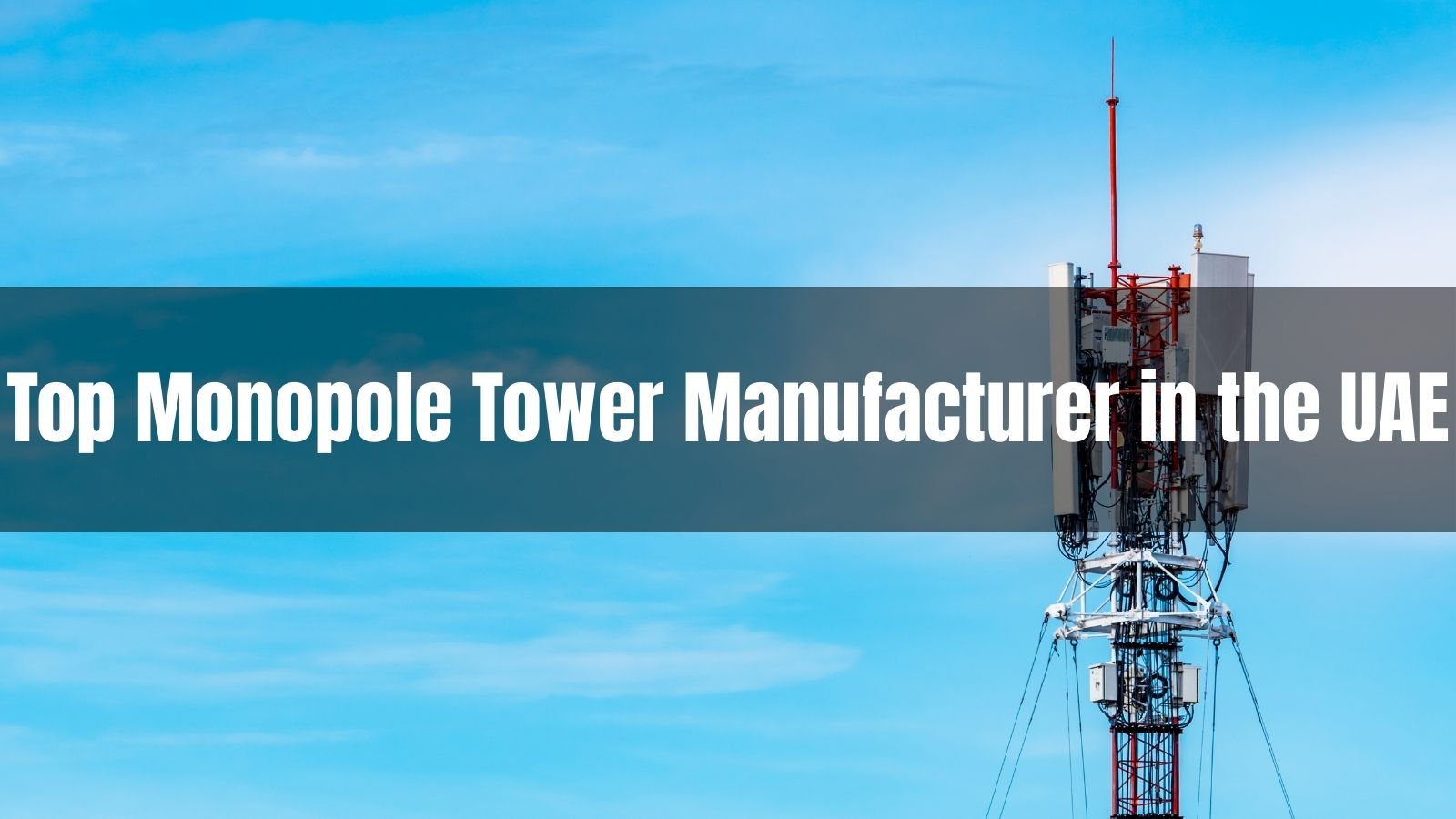
Uncover the leading monopole tower manufacturers in the UAE for 2026. Get insights into their expertise, product offerings, and commitment to quality.
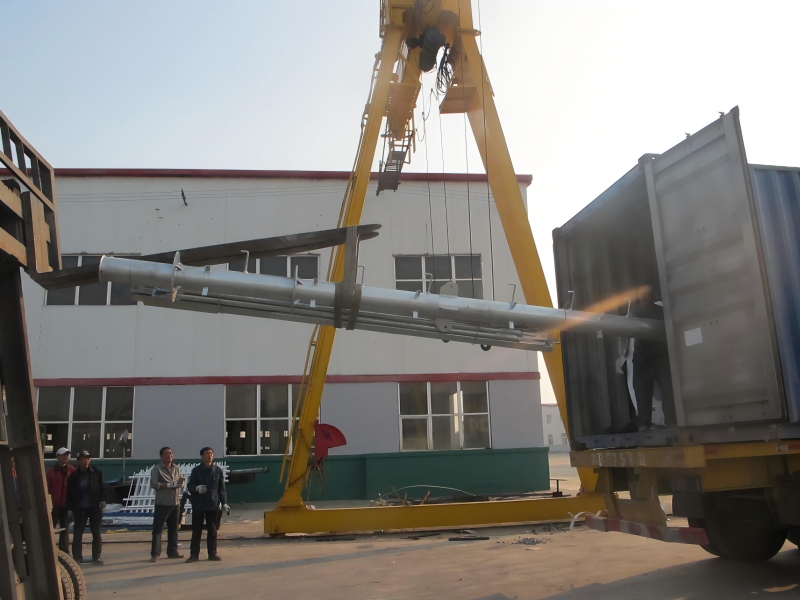
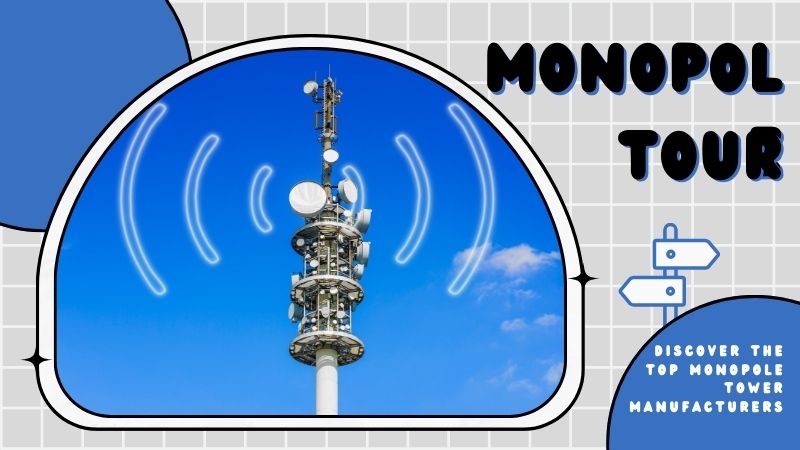
Discover the top monopole tower manufacturers in the USA for 2025. Compare engineering standards, materials, compliance, and find the best supplier for your telecom projects.
